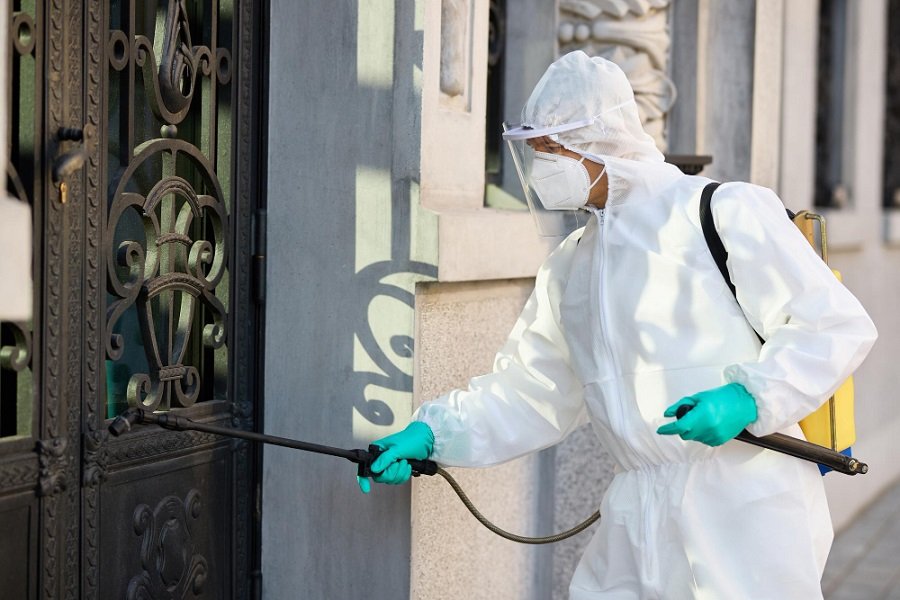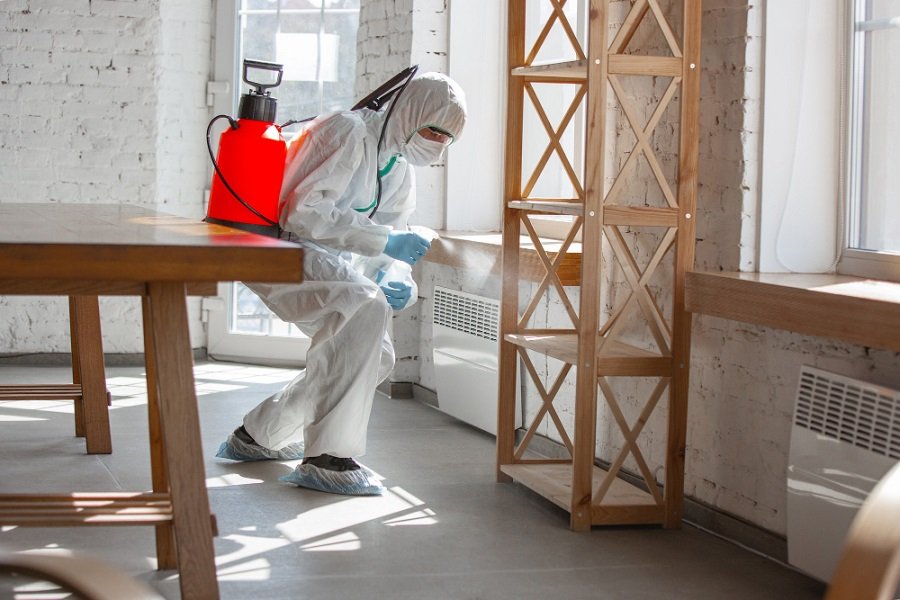Bedbugs Control SERVICE IN Point Cook
A specialised service called Bedbugs Control Service uses both chemical and non-chemical treatments to get rid of bedbug infestations. In order to assess the severity of the bedbug issue and the locations that require treatment, this service often begins with an initial inspection. After that, the service provider will treat the affected areas with professional-grade chemicals, paying special attention to crevices and gaps where bedbugs like to hide. Depending on how bad the infestation is, a follow-up appointment might be required. The service provider will check the treated areas on the follow-up appointment to make sure the infestation has been eliminated.

How do Bed Bugs Control Work?
Combining chemical, physical, and biological treatments to get rid of bed bugs is how bed bug control works. Physical treatments involve employing traps, vacuums, and heat treatments to get rid of the bugs, whereas chemical treatments use insecticides to kill the pests. In biological treatments, bed bugs are killed by introducing natural predators, such as specific beetle species. To reduce the number of bed bugs, these treatments are combined.
How can Bed Bugs Control Help You?
A variety of services are offered by bed bug control to assist you avoid and get rid of an infestation. Among these services are:
Expert inspections to detect bed bug infestations
Personalized remedies for the particular infestation
Inspections performed after therapy to check on its efficacy
Information on bed bug identification and prevention
Tips on how to lower the possibility of further infestations.
WHY ANT BED BUGS IS IMPORTANT?
Bed bugs and ants are significant because they can help us recognise and eradicate pest infestations and because they can teach us a lot about the environment and insect behaviour. Bed bugs and ants are environmental health indicators because they serve as gauges for the condition of the ecosystems in their immediate surroundings. As they are frequently the first to notice insect issues, ants and bed bugs can also assist us in identifying and controlling other insect pests. Last but not least, studying the behaviour of ants and bed bugs can teach us about the behaviour of other insects like termites, cockroaches, and other pests.
HOW TO FIND BED BUGS INFESTATION?
- Search for indications of a bed bug infestation: Bed bugs leave behind obvious clues to their presence. These include bed bug shells, eggs, or the actual bugs themselves, as well as dark or rusty-colored streaks of excrement on sheets and mattresses.
- Inspect potential hiding spots for bed bugs: Bed bugs frequently conceal themselves in cracks and crevices adjacent to or on the bed, such as in the seams of mattresses, box springs, headboards, and bed frames.
- Use a flashlight and a magnifying glass: Use a flashlight to search behind and under furniture, along baseboards, in cracks and crevices, and any other dark location where bed bugs might be lurking to ensure you don’t miss any. Check for any signs of bed bugs using a magnifying glass.
- Hire a pro: If you’re still unsure whether you have a bed bug infestation, it’s advisable to call a reputable pest control firm to come to your home and conduct an inspection. They can determine whether you have an infestation and offer advice on the best course of action.

Pharaoh ants:
These tiny ants are notorious for their capacity to invade structures and are challenging to manage.
Black garden ants:
These are well renowned for their abilities to care for and defend aphids so they can produce honeydew.
These are a few of the ant species that are most frequently encountered, but there are many more.

